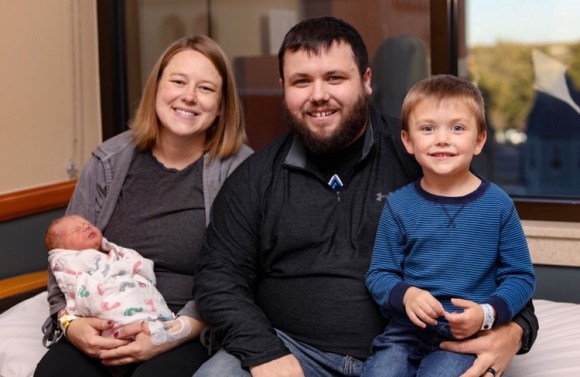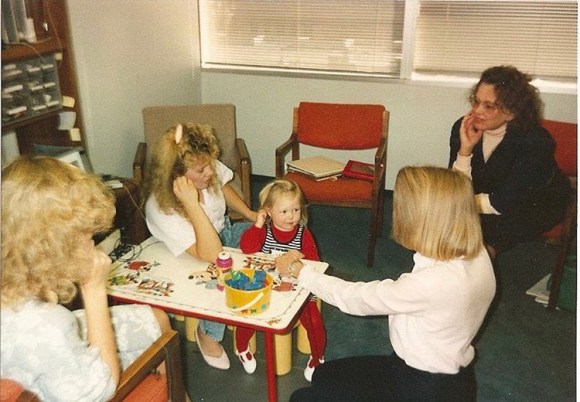Cochlear Implant User Ashlei Marries Self-Advocacy With Entrepreneurship
- Tee Le Peng
- Jan 22, 2020
- 3 min read
Updated: Aug 29, 2021
Many of us have gone through a period, especially in our teenage years, when we wanted to conceal our cochlear implants. But we would also go through a period when we want or need to make our hearing needs be known to others. Cochlear implant user Ashlei Powell, one of the first youngest CI users in the world who got implanted in 1990, and started Deaf Wearables to help people who have experienced the same. Ashlei shared her story with CI Project via email correspondence.
Ashlei Was One of the First Kids to Be Implanted
A mother of two boys, Ashlei became deaf from meningitis when she was 11 months old. She first received her implant on her second birthday in 1990 when the US FDA (Food & Drug Administration) just approved the use of CIs on 2-year-olds. She received her second implant in 2005.
Ashlei’s parents have been very supportive in her hearing journey since the beginning. Many around them frowned upon their decision of letting Ashlei undergo CI surgery when it was still a novelty for children use and perceived as a substantial risk. They blazed their way through – from getting help with Ashlei’s learning and speech to raising awareness of Ashlei’s deafness. Ashlei’s mother created wearables that would help those around Ashlei be aware of Ashlei’s deafness when Ashlei was younger. For instance, she would make Ashei wear a reflective vest with the word “DEAF” imprinted on it with a Sharpie pen on skiing trips. It was awkward for Ashlei despite the good intention behind it.
She Experienced First-Hand the Need For Wearables
In summer 2017, Ashlei joined a Tough Mudder competition, which involves a 10–12-mile-long muddy obstacle courses, with her husband. She had to take off her speech processors or they would fall off or get lost in the mud. She needed a way to let others understand that she was not going to respond if they yell at her because of her deafness. She could not find anything online that she could either put on her clothes or a temporary tattoo that would serve as a visual cue. She turned her frustration into actions. She started producing wearables: headbands, shirts, temporary tattoos, seat belt covers, etc. Today, she makes these fashionable and potentially life-saving items available for purchase online. You could visit Deaf Wearables to learn more.
Learning to Advocating For Herself
Ashlei has learned to advocate for herself along the journey. She used to dislike joining group meetings because she sometimes struggles to be involved in the group conversation, especially in a confined setting like a dining table. She has now learned to speak up and let others know about her hearing needs. Ashlei has also learned to cope in situations where people belittle the value of her work because they are clouded by their prejudice towards deaf individuals.
“This world has a lot of people that may think both good and bad things about cochlear implants, but don’t let it keep you from wanting to hear again and enjoy hearing amazing things in life again,” Ashlei said. “I can’t imagine not hearing again and not using this incredible gift of hearing again.”
When not at work or working on Deaf Wearables, she spends time with her two boys (one of them born in October 2019) and her husband.
You could find more cochlear implant user stories here.
CI Project collects cochlear implant user stories. I’d like to invite you to join the private Facebook group. You’ll receive an update of each new story (about once a month) and will get to interact with the characters of each story there. I’m also looking for more cochlear implant user stories. I’d appreciate it if you could nominate a cochlear implant user (including yourself) for me to write a story about!










Comments